Flexible printed circuit is realized in new energy vehicle technology
Introduction
Flexible Printed Circuit (FPC) is a type of electronic connector device manufactured using flexible copper-clad laminates as the base material. Flexible printed circuit boards are renowned for their high wiring density, excellent flexibility, lightweight nature, and process adaptability. They are available in four main types: single-layer, double-layer, multi-layer, and rigid-flex hybrid boards.
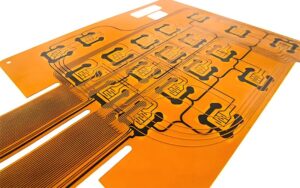
FPC in Automotive Electronics: Current Trends and Applications
In the automotive sector, FPCs are increasingly utilized across a wide range of electronic systems, from traditional fuel vehicles to modern intelligent automobiles. These systems include engine control units (ECU), chassis control systems, and various automotive electronic control systems. Given the structural and spatial considerations, the future of electric vehicles (EVs) is poised to witness a significant shift towards FPCs as a replacement for traditional wiring harnesses. FPCs are set to be extensively used in areas such as battery management systems (BMS), vehicle lighting, door control systems, and camera modules.
The Rise of FPC in Electric Vehicles
In an electric vehicle, it is not uncommon to find over 100 FPCs integrated into its systems. Among these, the use of FPCs in battery BMS and vehicle camera modules is precious, making them critical focal points in current developments.
FPC in Battery Management Systems (BMS)
Battery BMS is an area where FPCs demonstrate substantial advantages. Given the criticality of battery cost and space utilization, and the current plateau in battery capacity development, structural design improvements are imperative. The adoption of FPCs in place of traditional BMS wiring not only ensures performance stability but also minimizes the risk of top-cover friction caused by breathing.
Looking ahead, there is potential for circuits on the mainboard and sub-board to be replaced by chips installed on FPCs. This shift could enhance product stability, save space, and reduce costs, although these cost benefits are not yet fully realized. Such technological iterations often begin with fundamental improvements.
Key Advantages of FPC in Power Battery Modules
In power battery modules, FPCs offer several notable advantages:
– High Integration: FPCs integrate fuses, connectors, chip-type NTCs, and aluminum/nickel terminals, providing excellent and consistent electrical performance. They support miniaturization, high-density installation, flexible 3D wiring, and meet the needs for component assembly and connections.
– Automated Assembly: The fast and precise assembly speed of FPCs facilitates automation. FPC sampling can reduce the complexity of module integration processes. Connections between FPCs and battery busbars can be automated through welding, effectively reducing labor costs. Even in cases where automation is not feasible, traditional screw-locking methods still minimize manual labor.
– Ultra-thin Thickness: With a circuit area thickness of just 0.34mm and NTC areas measuring 2mm, FPCs offer unparalleled space efficiency.
– Superior Flexibility: FPCs allow for 90° or 180° bending during assembly, adding to their versatility.
– Lightweight: FPCs can reduce vehicle weight by approximately 1kg compared to traditional wiring harnesses, making them a preferred choice for automotive applications.
– Cost Efficiency: While the cost of FPCs themselves may not be significantly lower, their connection costs are markedly reduced compared to traditional solutions.
The Future of FPC in Automotive Applications
Flexible printed circuit boards are increasingly replacing traditional copper wiring harnesses, a trend that is becoming more pronounced in the latest models of new energy vehicles (NEVs). FPCs are evolving towards integration within the Cells Contact System (CCS), combining with plastic structural components, copper, and aluminum busbars to form electrical connection and signal detection structures.
Different types of batteries, such as soft-pack and hard-pack, employ varied FPC solutions, with manufacturers adopting different approaches, including crimping and welding for end connectors. The primary advantage of FPC lies in its flexibility, allowing it to adapt and evolve with advancements in battery control technology, making it a highly customizable product.
Since its introduction in 1950, FPC technology, though not new, is seeing widespread adoption in the automotive industry, much like other traditional technologies that have crossed into the automotive sector. Traditional automotive wiring harness systems are complex and cumbersome, with multiple interfaces leading to high costs and increased complexity in electronic systems. In the era of smart cars, advanced computing algorithms highlight the need for inevitable transformation in connection technologies.
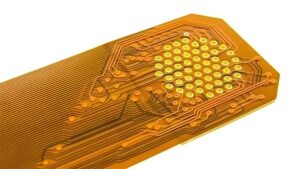
FPC’s Crucial Role in Electric Vehicle Battery Technology
Currently, FPCs are most crucial in electric vehicle batteries, where battery technology limits overall vehicle performance. Enhancing battery technology, reducing size, and lowering costs are critical goals.
Advancements in Battery Pack Technology: CTP and CTC
CTP or CTC technologies aim to simplify battery components and enhance pack efficiency, thus boosting system energy density. Should solid-state batteries achieve mass production by 2025, a rapid evolution in battery technology is anticipated.
Structure of Power Batteries and the Role of BMS
Power batteries are typically composed of Packs, Modules, and Cells, controlled via a BMS. Multiple cells form a module, which requires monitoring of parameters such as voltage and temperature.
The transition from Traditional Wire Harnesses to Integrated Buses
Traditionally, this function was fulfilled using module sampling wire harness assemblies. However, with technological advancements and the demand for high efficiency and automation in new energy vehicle production, the industry is increasingly adopting integrated buses that reduce manual assembly and wiring errors, meeting the need for high automation in automotive production.
Adoption of FPC + Connector Solutions
This shift facilitates voltage collection, battery protection, and power transmission between batteries. Consequently, leading manufacturers are adopting FPC + Connector solutions to replace traditional sampling wire harness assemblies. Furthermore, FPCs can also monitor the charging process.
Cost Efficiency of FPC Assemblies
Although the precise cost difference between traditional module wire harness assemblies and FPC assemblies has not been accurately calculated, internal analysis by AVL and information from Amphenol suggest that adopting FPC technology has the potential to reduce costs significantly. Flexible printed circuit manufacturing needs significant capital investment, so it doesn’t yield quick profits with minimal investment and manpower.
Competitive Edge in FPC and Busbar Welding Technologies
From the perspective of module cover design, manufacturers with expertise in NTC and FPC technology hold a competitive advantage. If breakthroughs in busbar welding technology can be achieved, these manufacturers will be even more competitive. Companies combining these three technologies to deliver cost-effective, stable products are likely to excel in the domestic market.
Independent Production of Connectors and Structural Components
Connector and structural component production are relatively independent, with many manufacturers capable of producing them. NTC components can be purchased off the shelf, and busbar processing can be handled by several suppliers. FPC and welding are costly and experience-dependent, requiring careful attention to manufacturers with expertise in these areas.
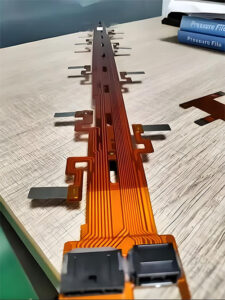
conclusion
In smart vehicles, the extensive use of flexible printed circuits in batteries is a growing trend for the future. As technology advances, many low-voltage wire harnesses in vehicles, especially smart ones, may be replaced due to signal interference concerns.

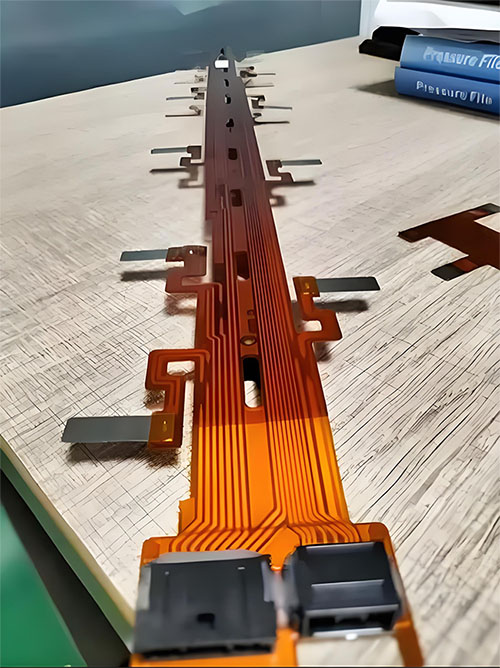

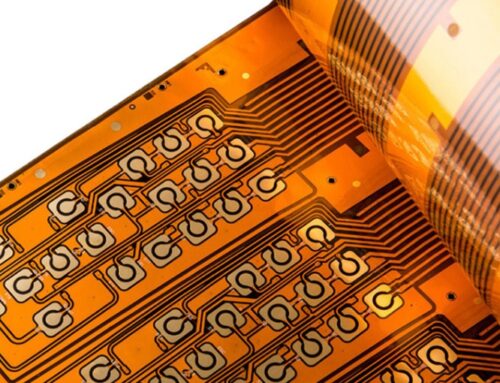
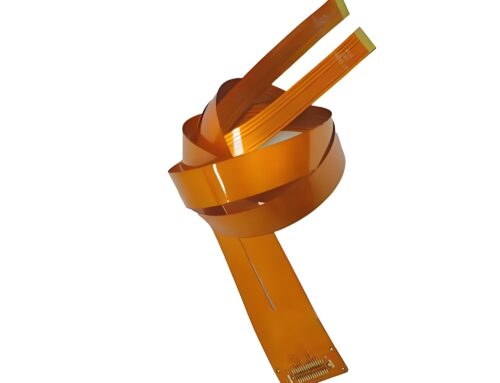



Leave A Comment